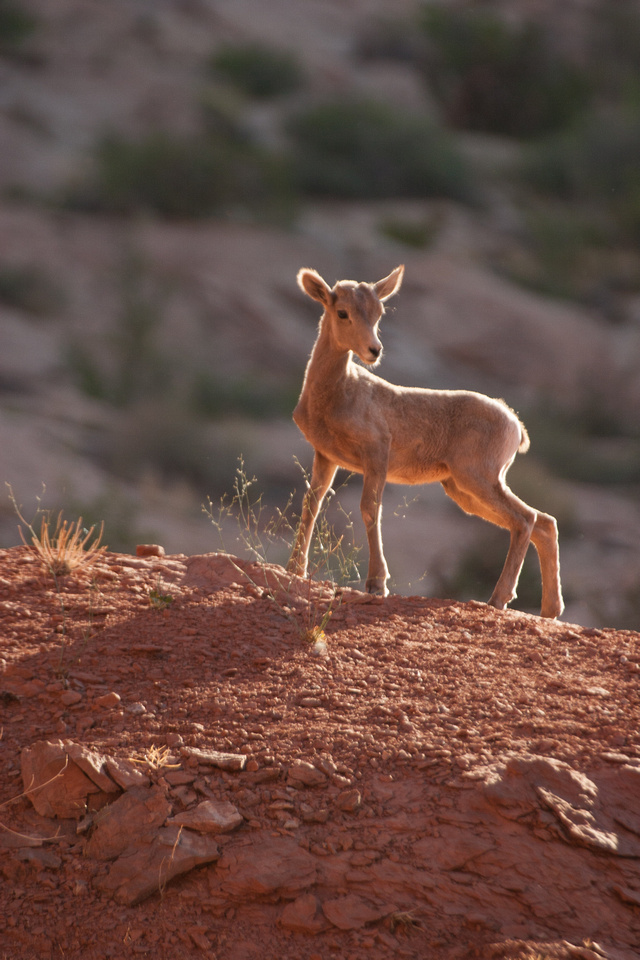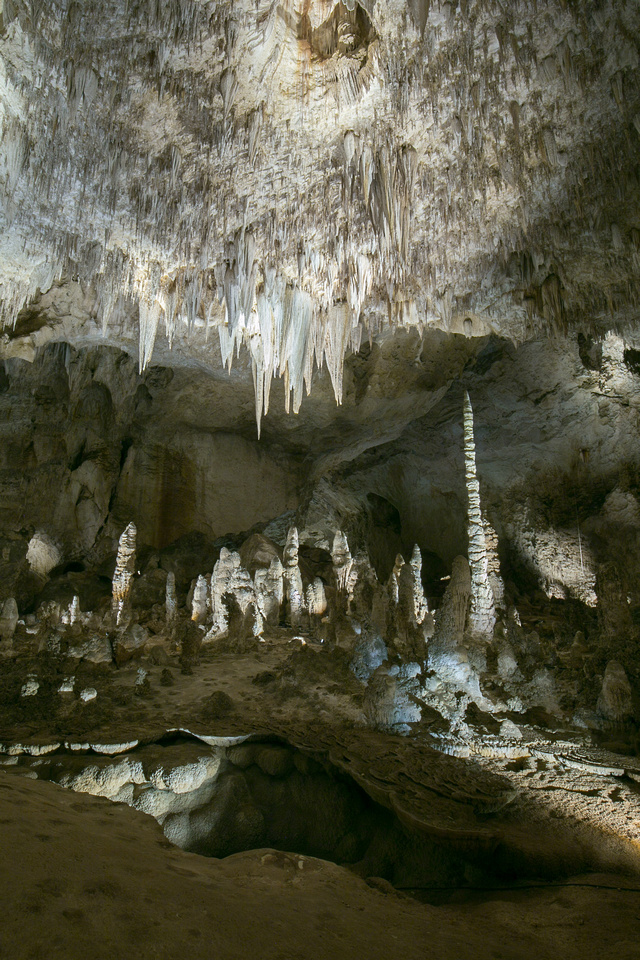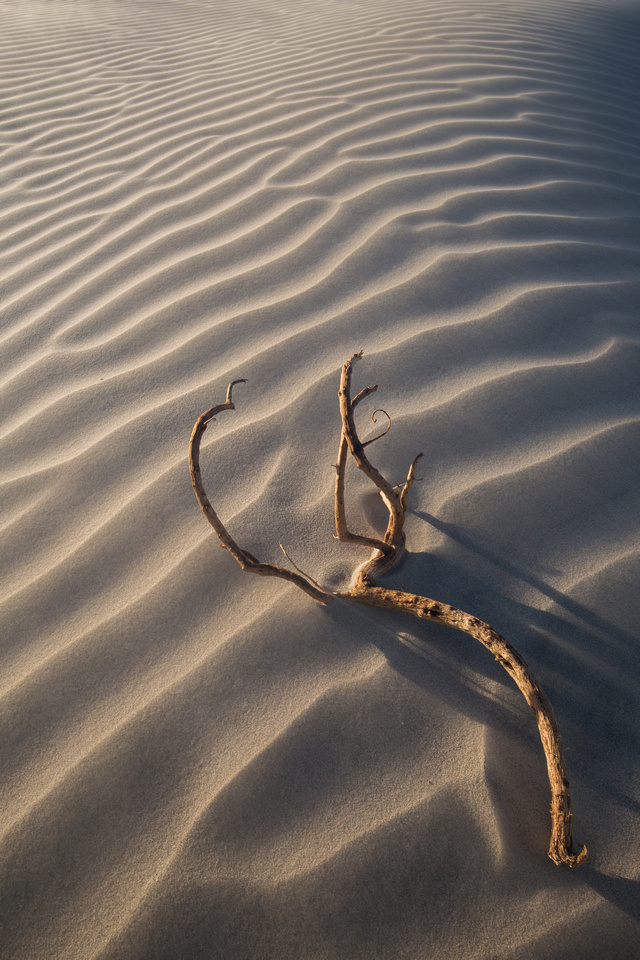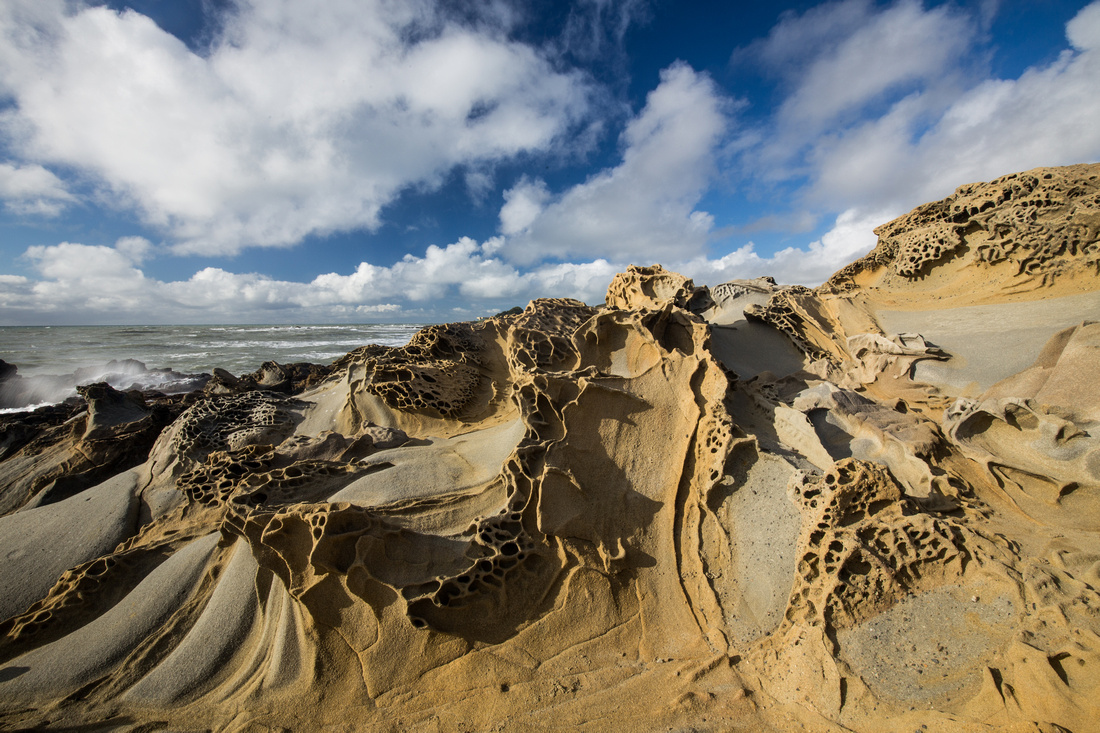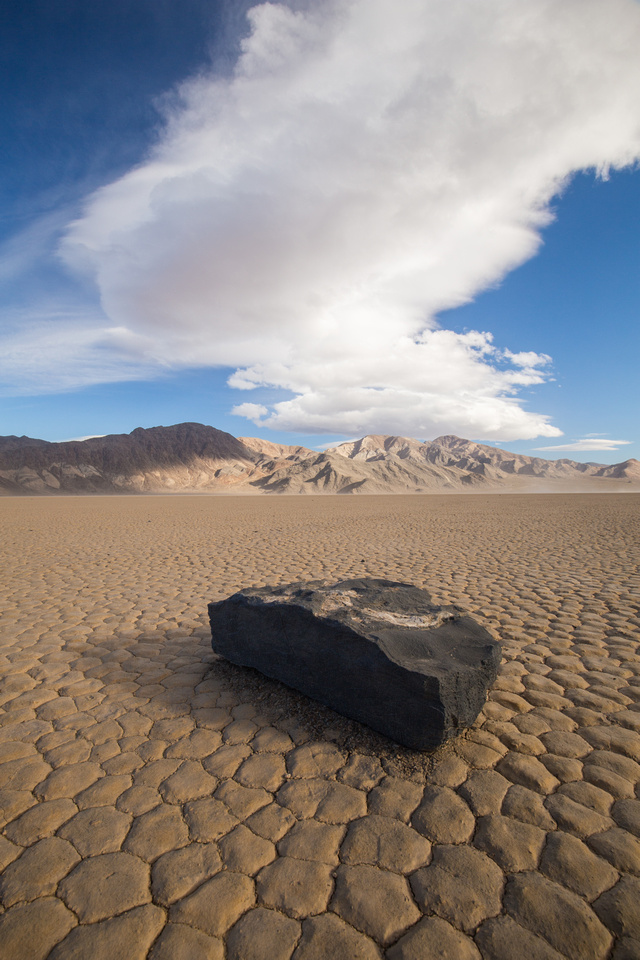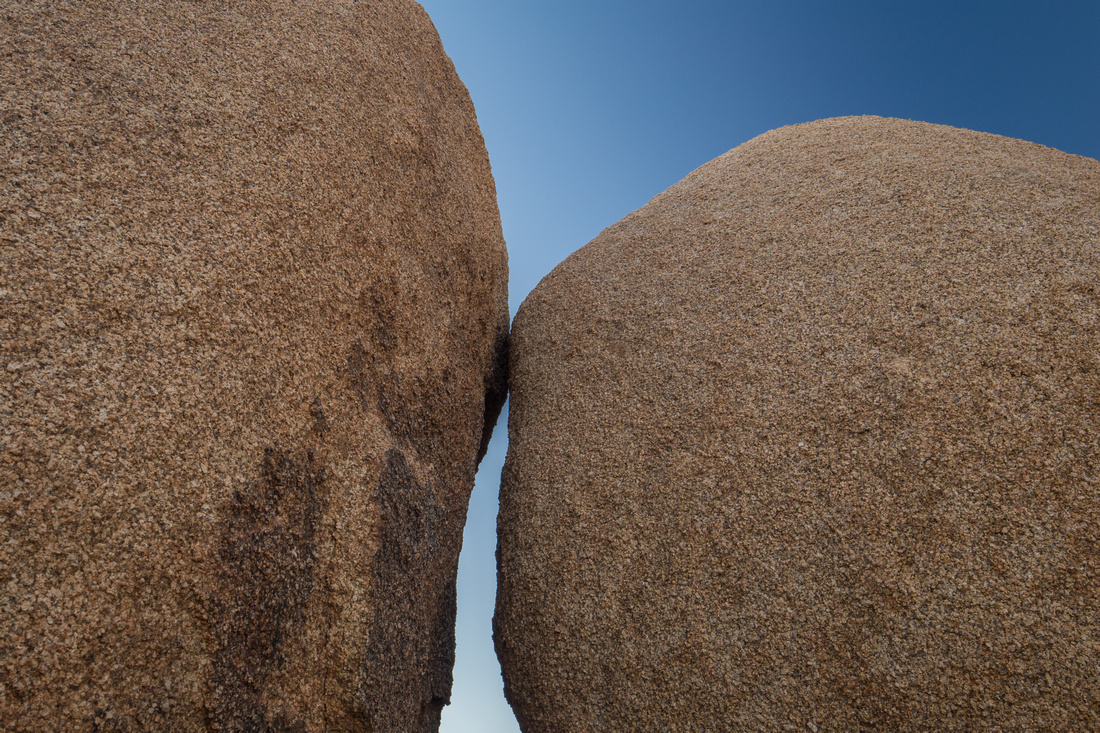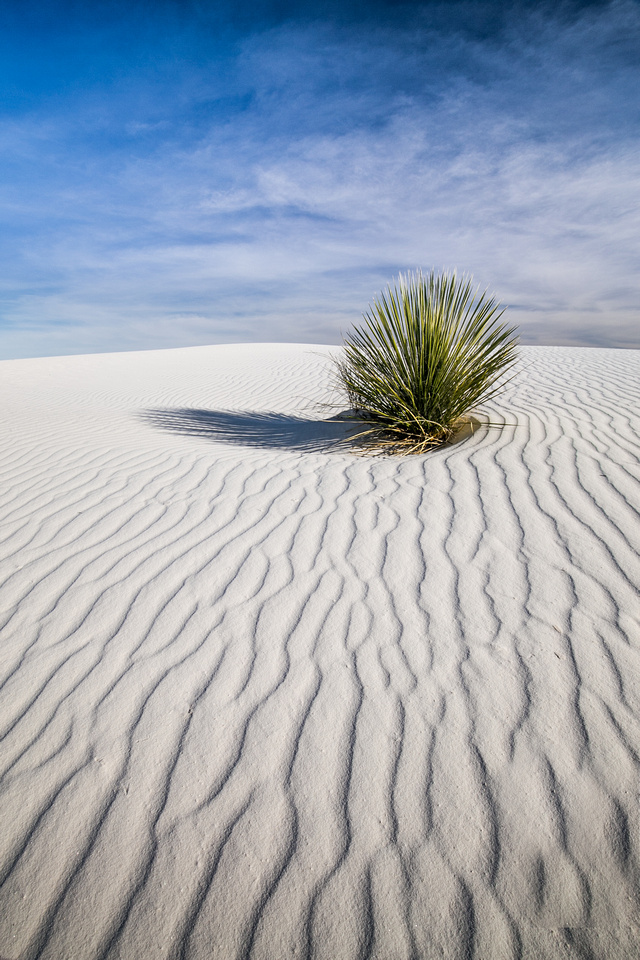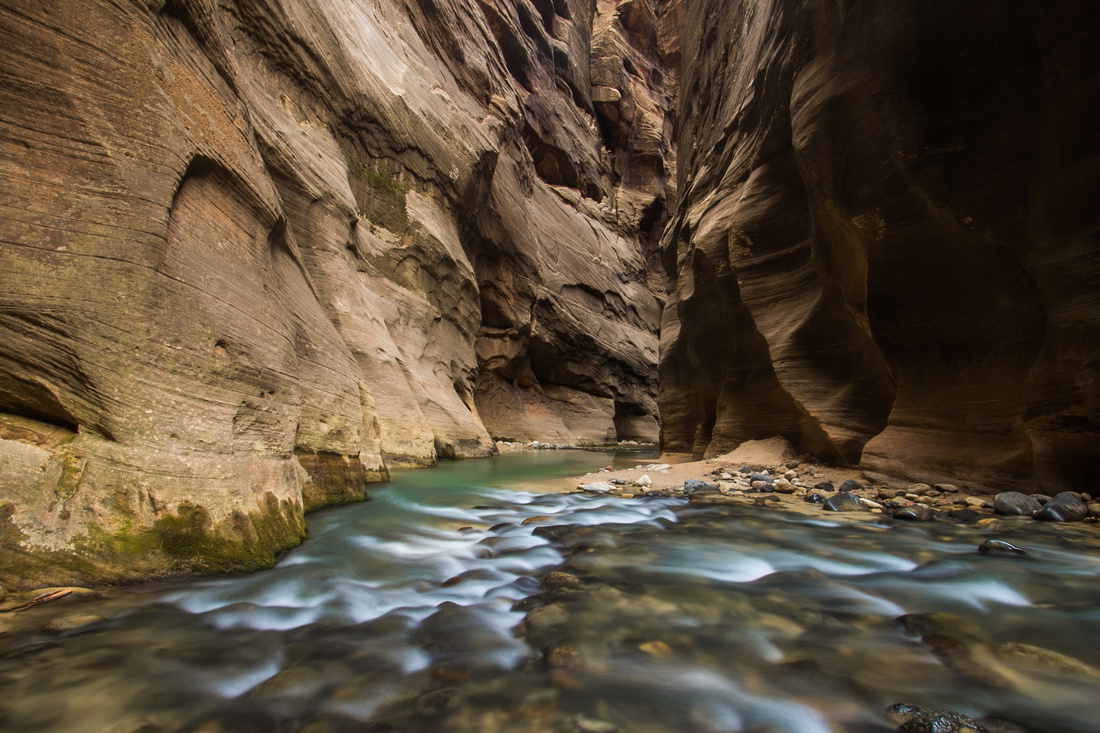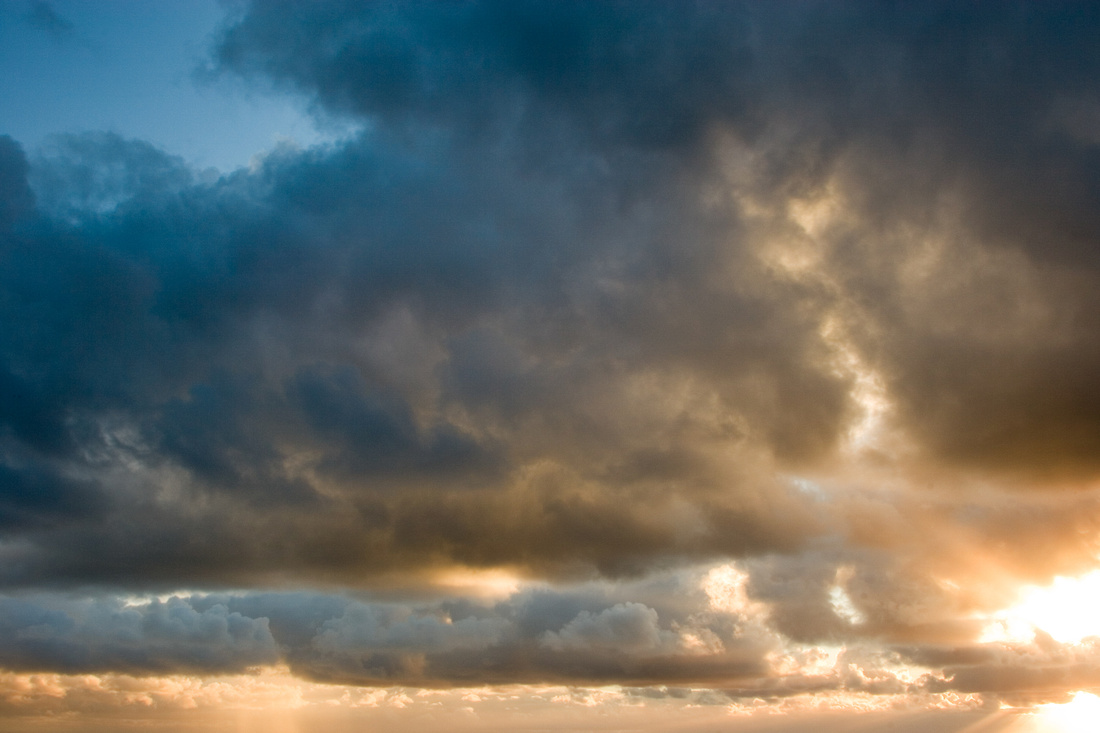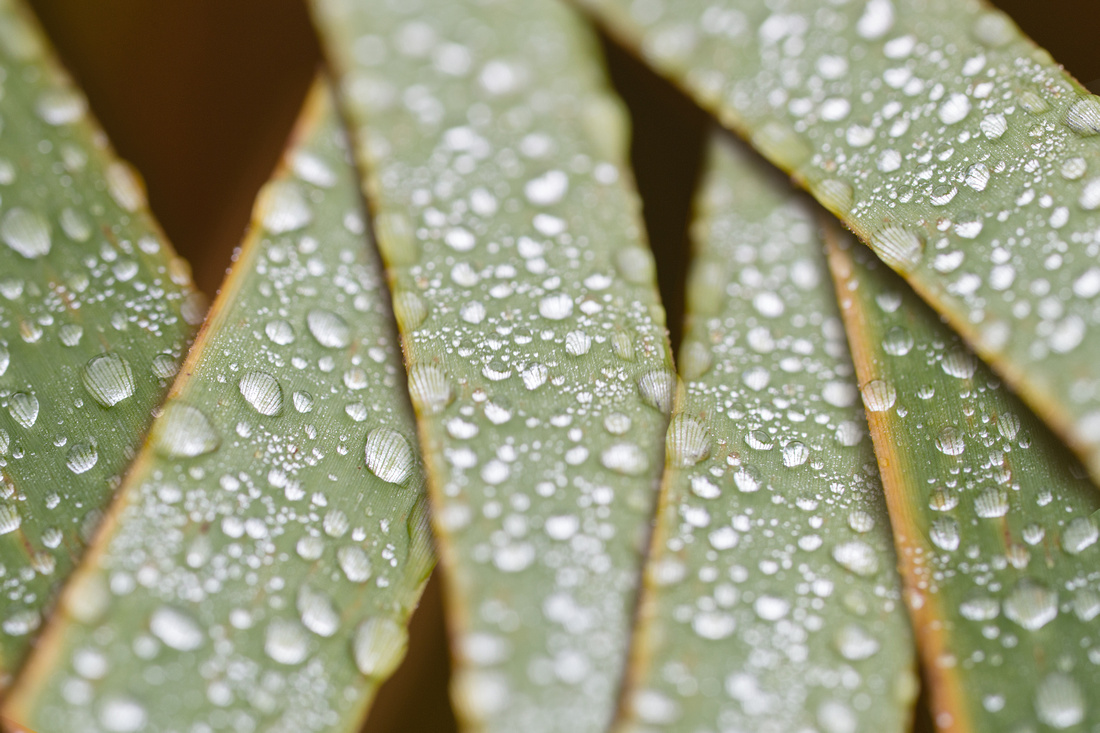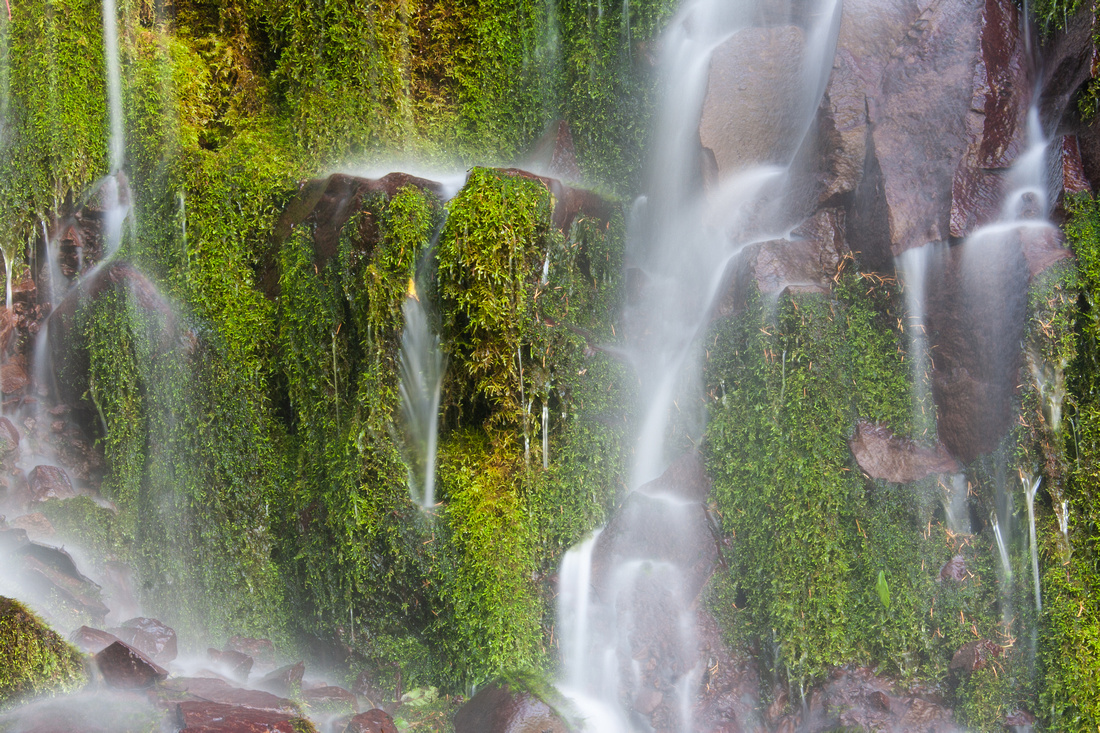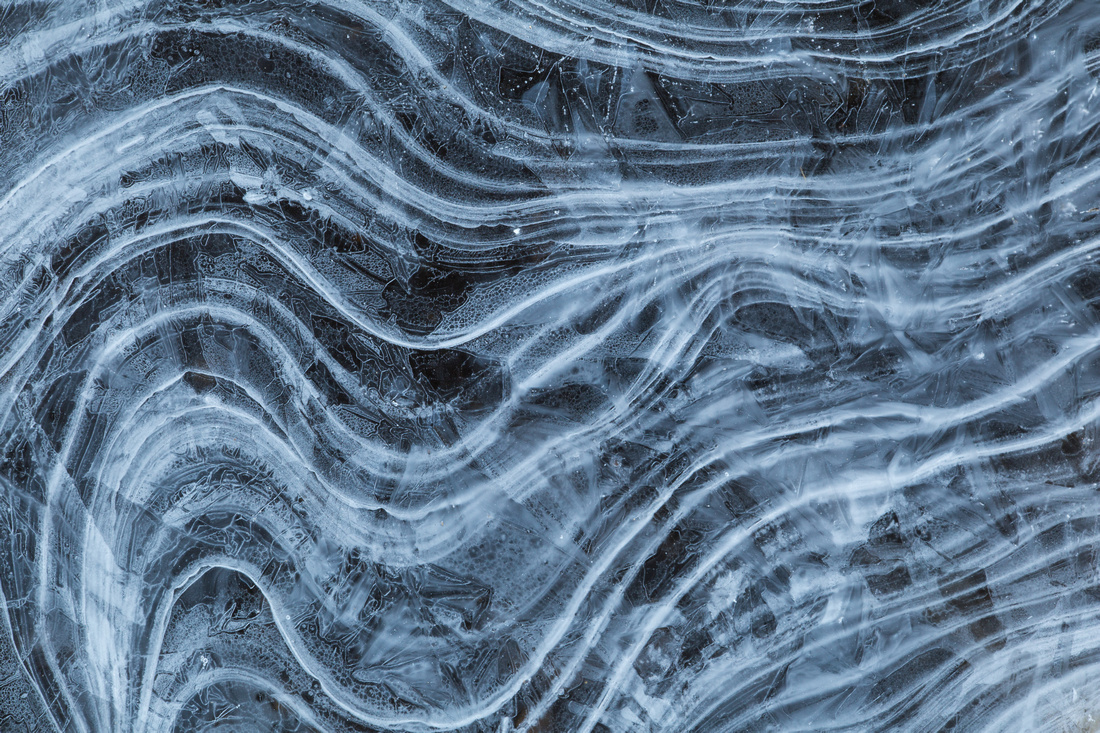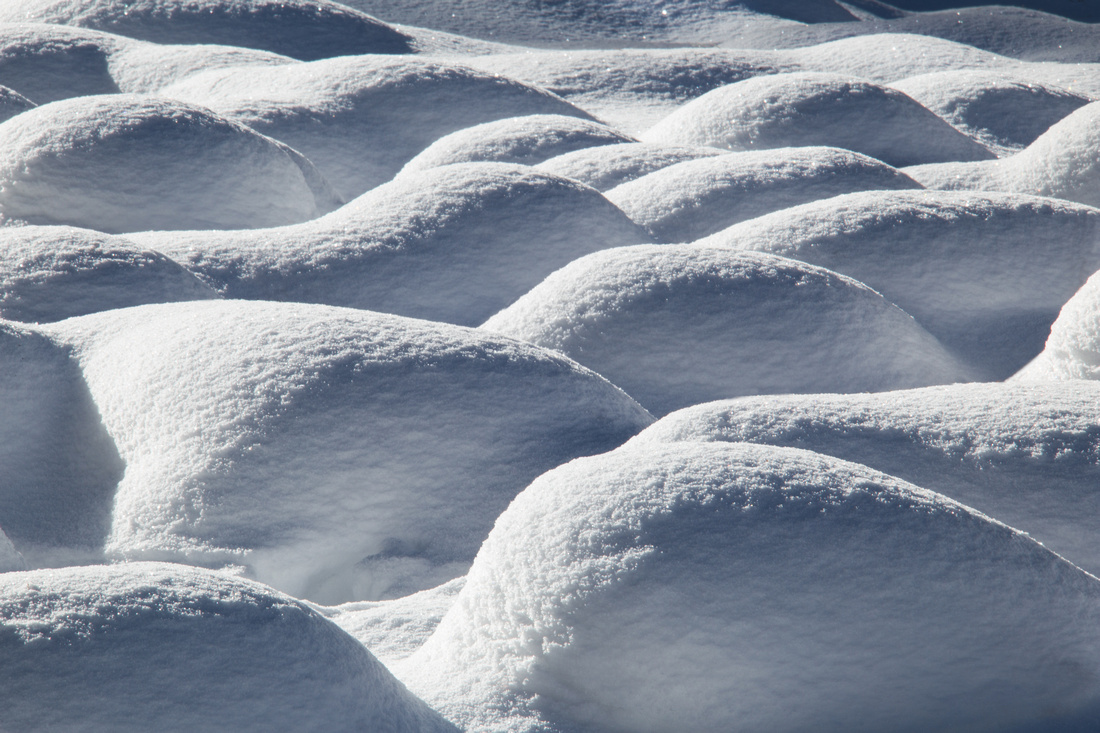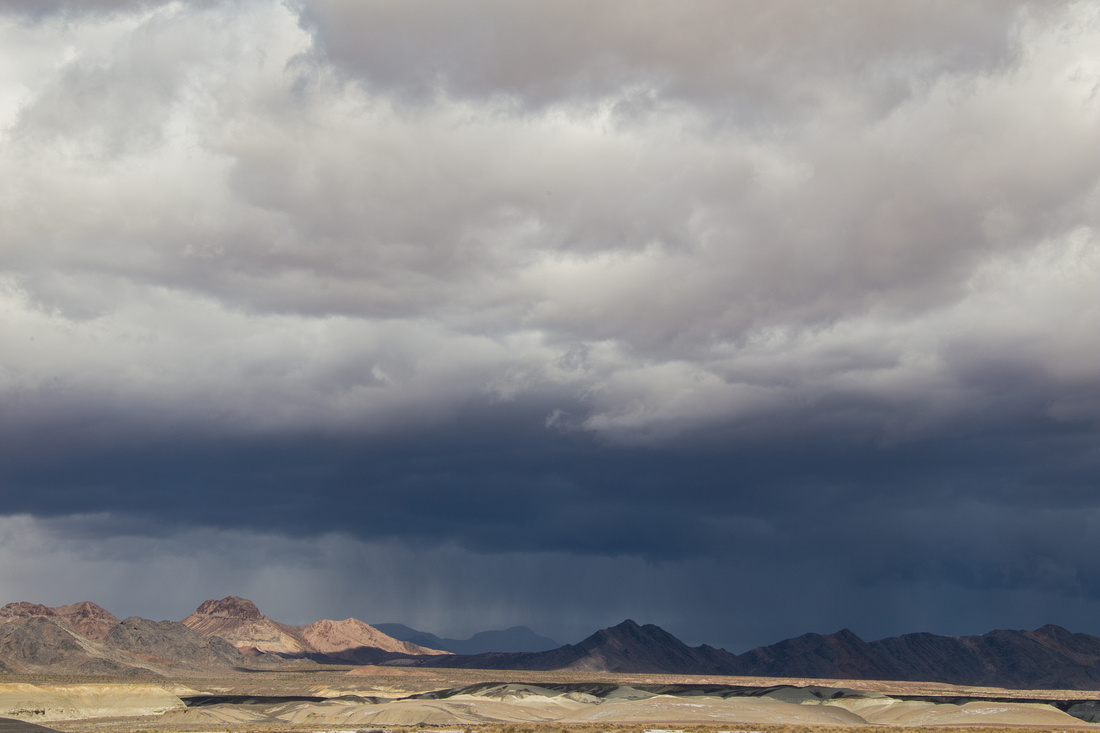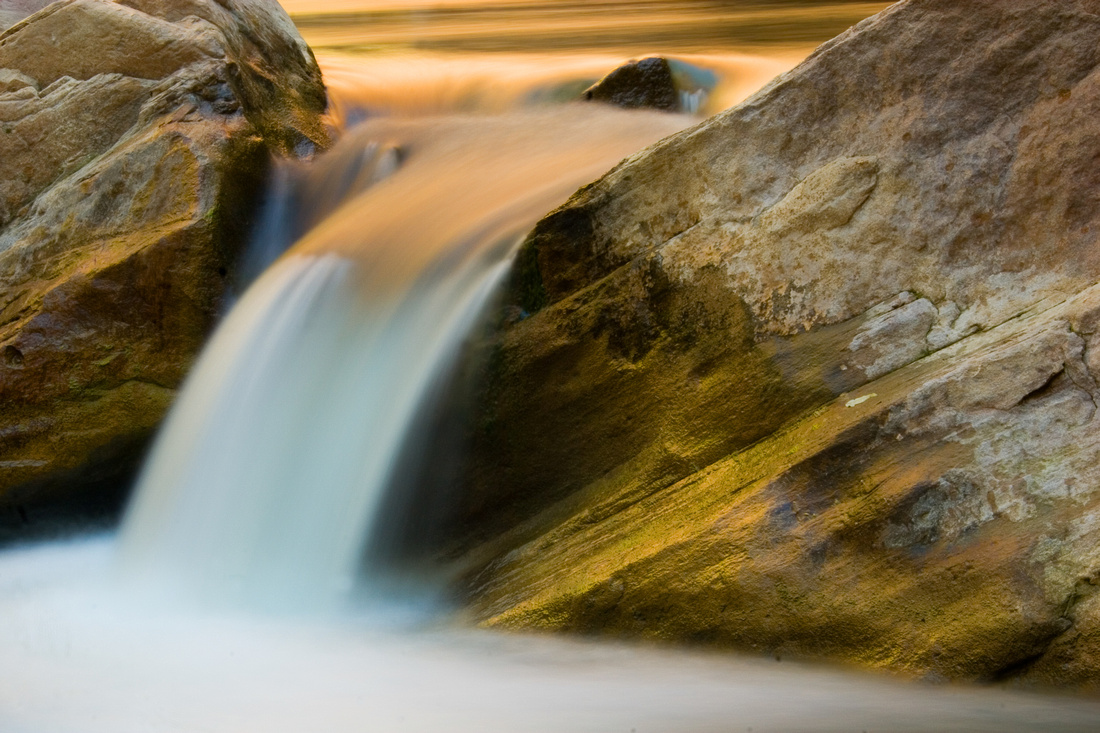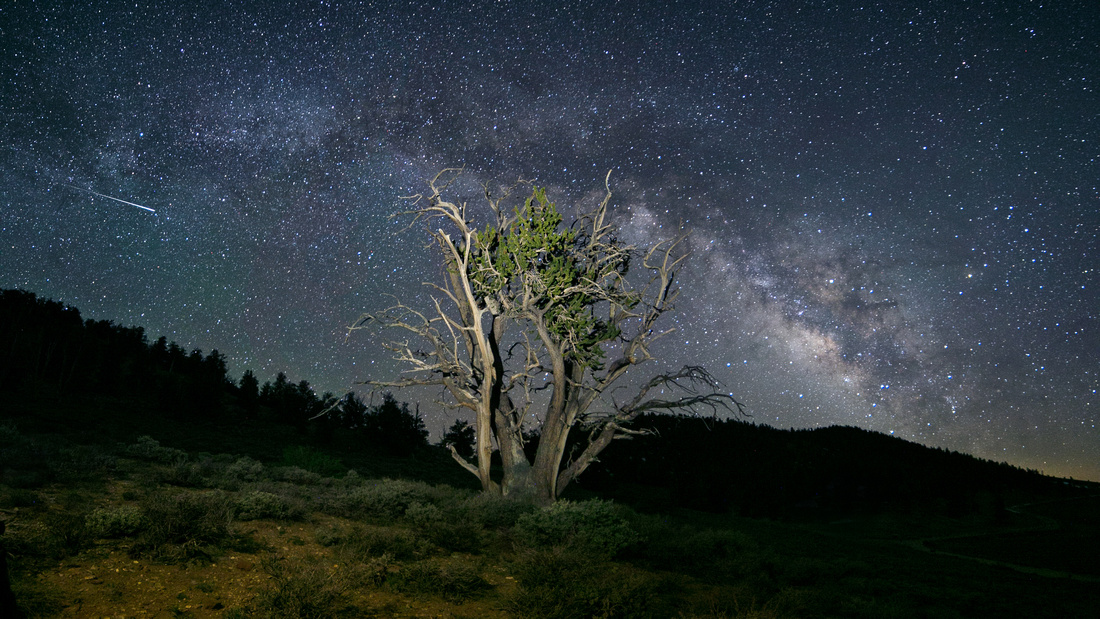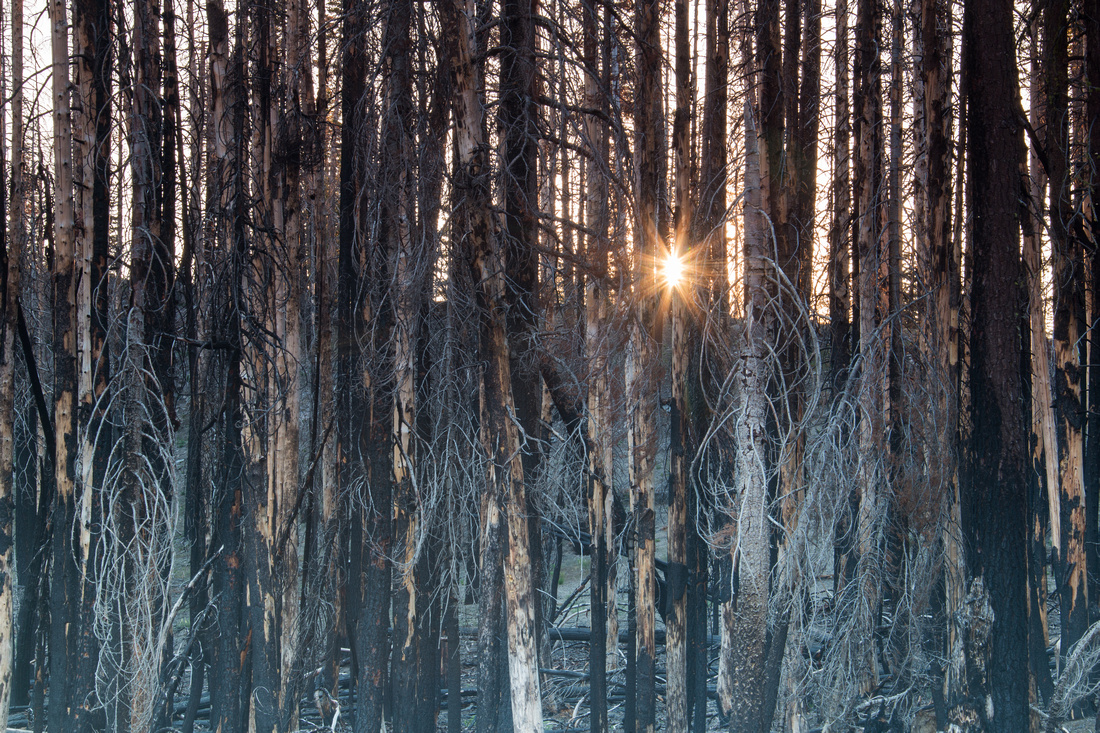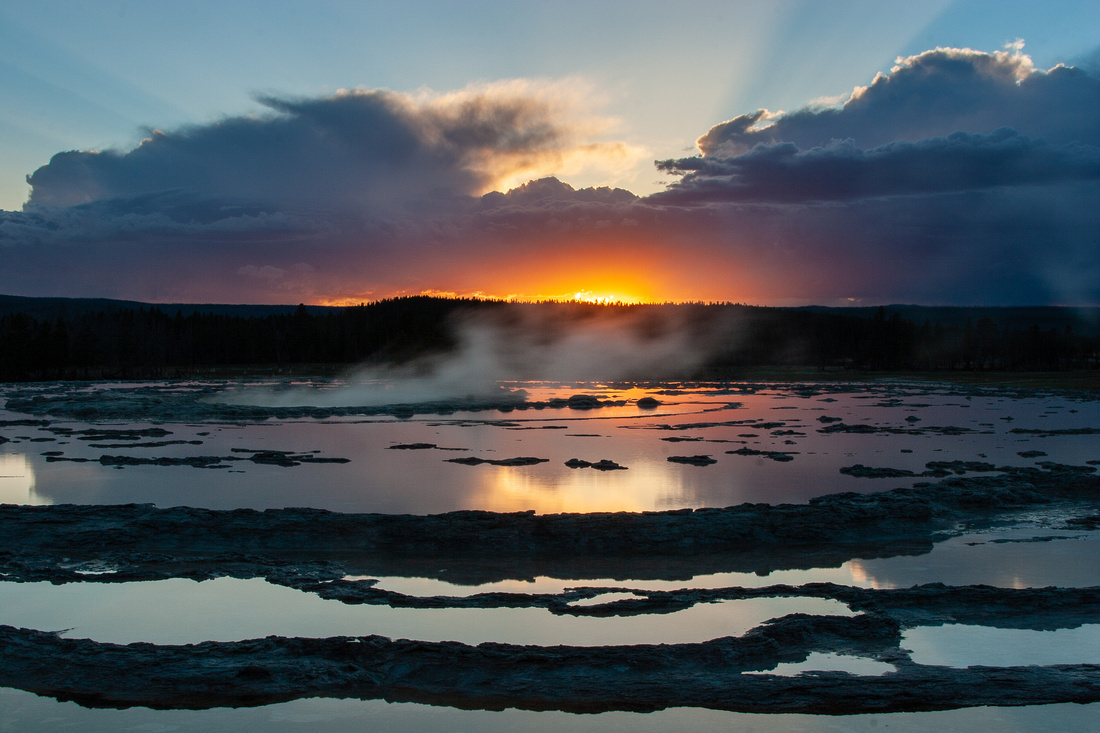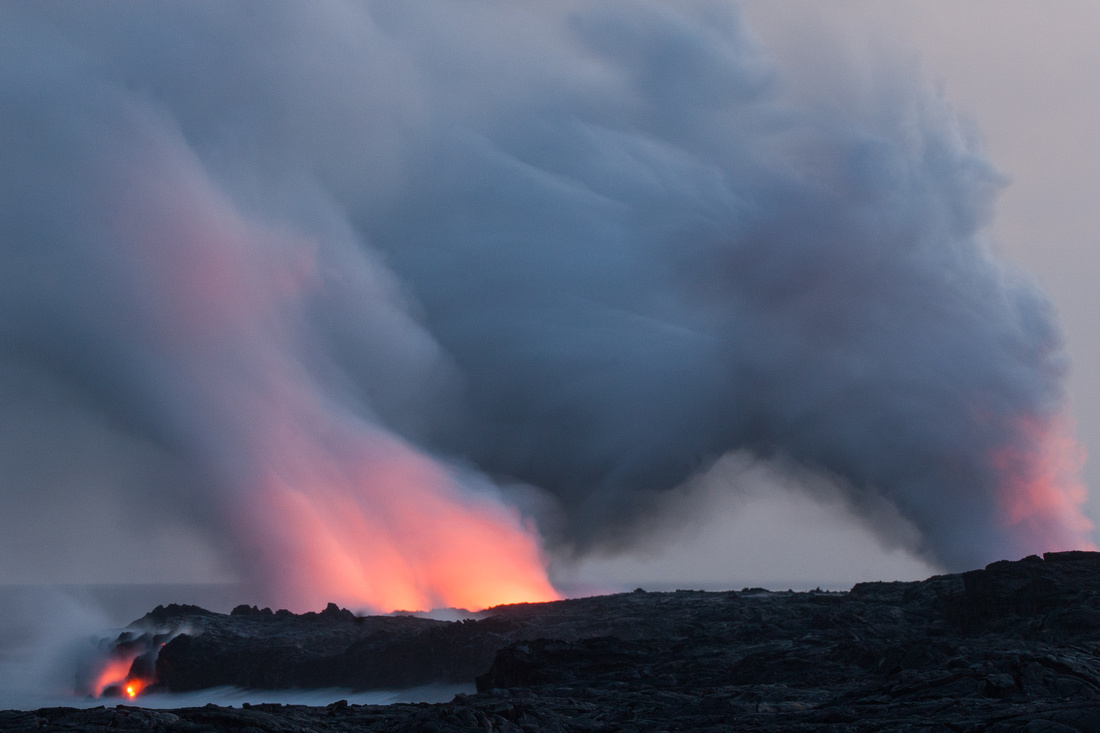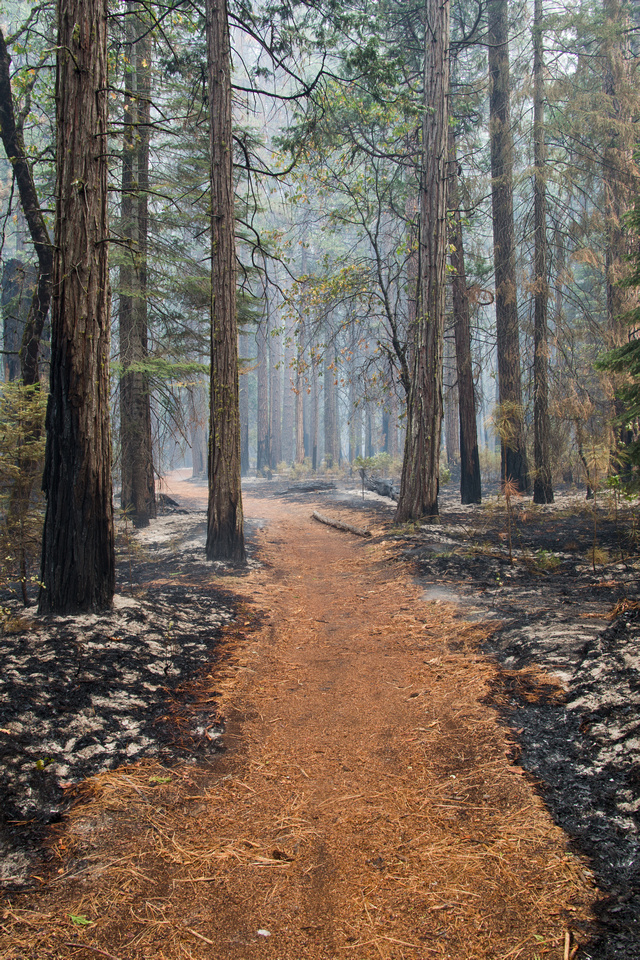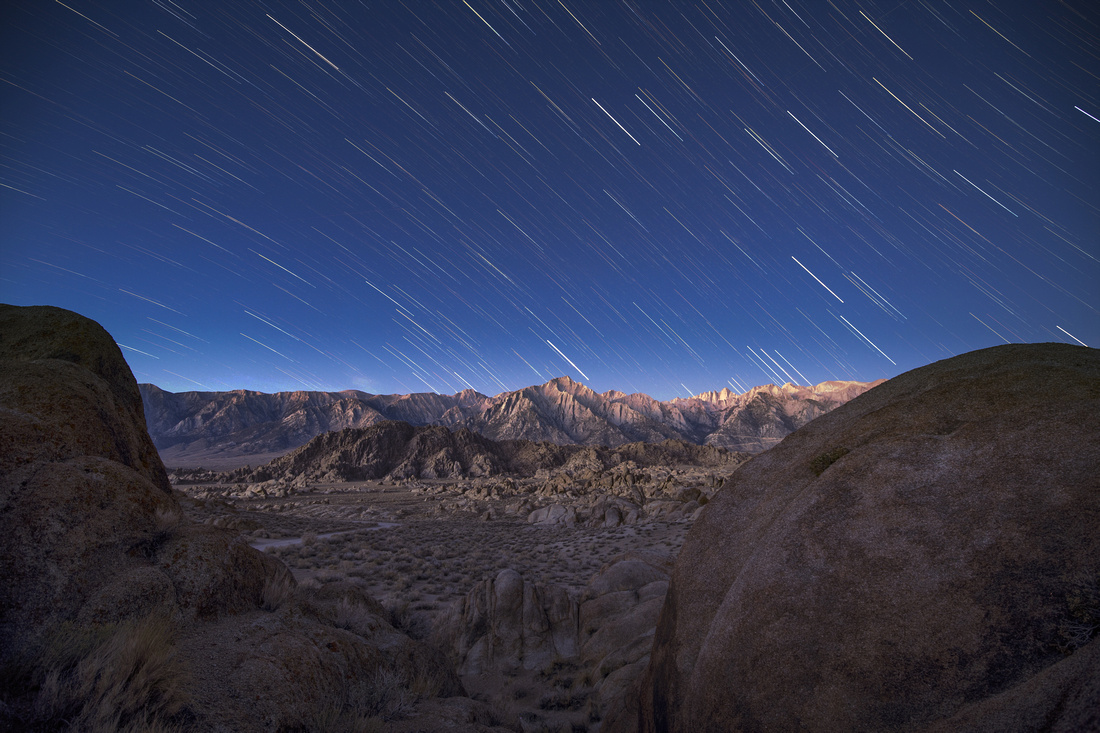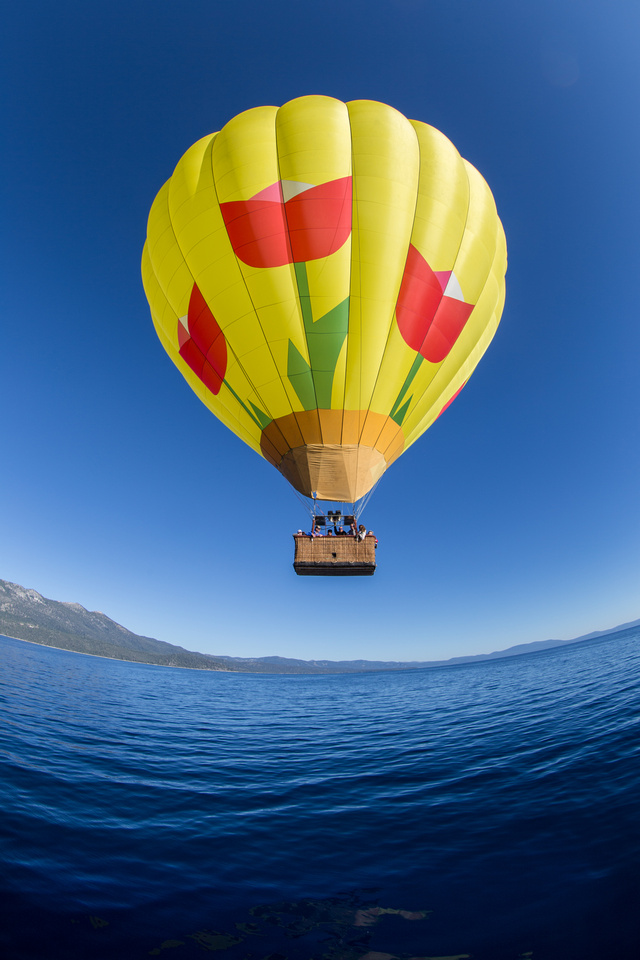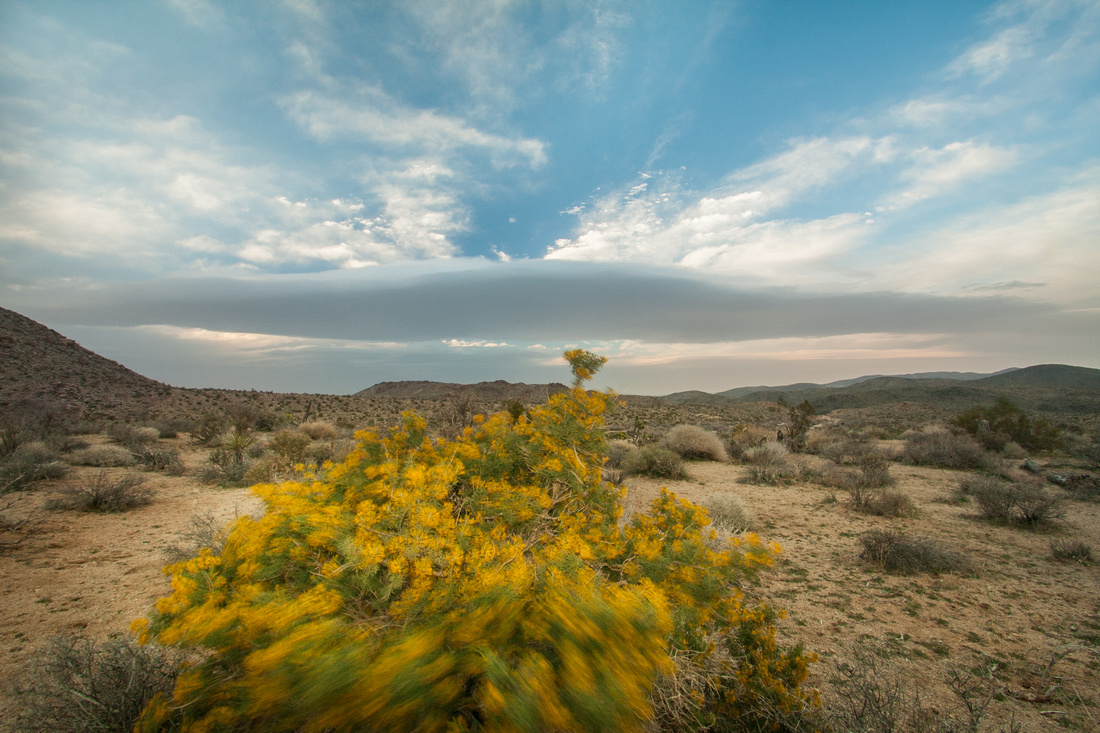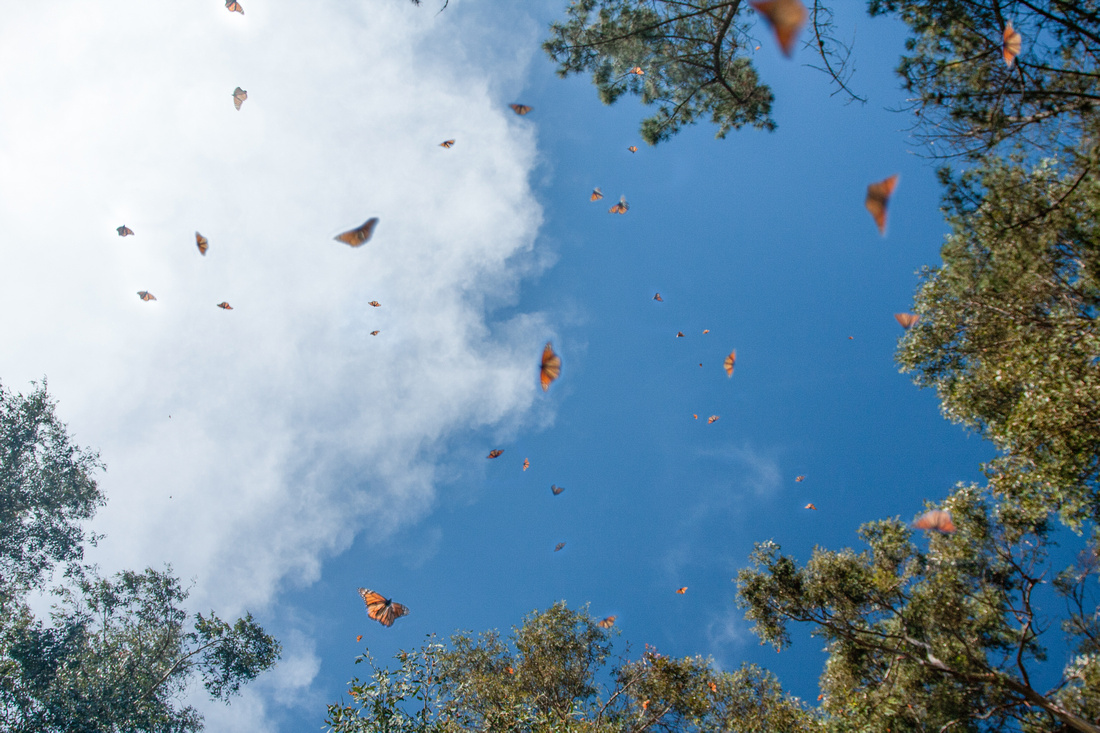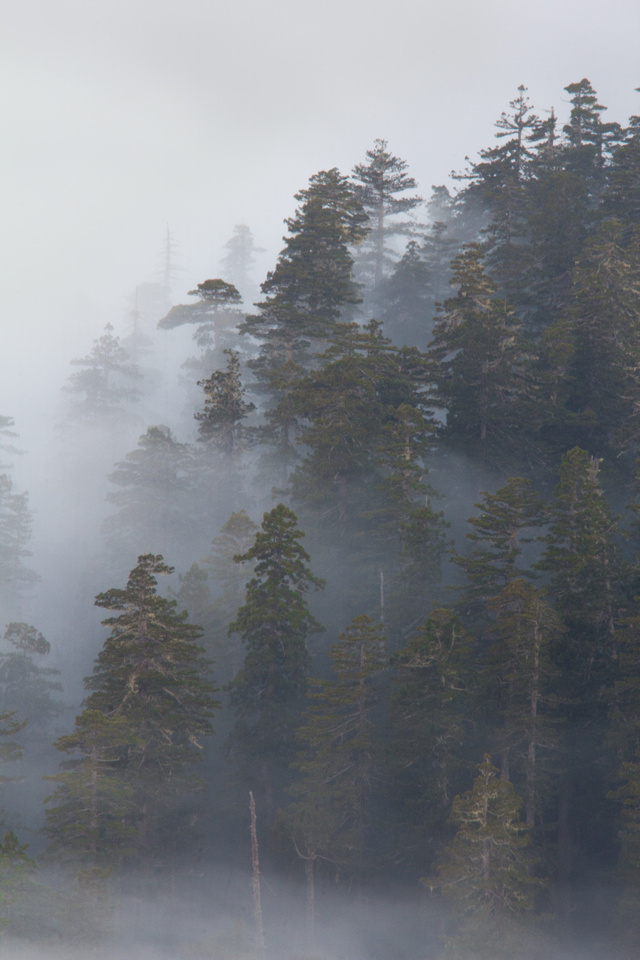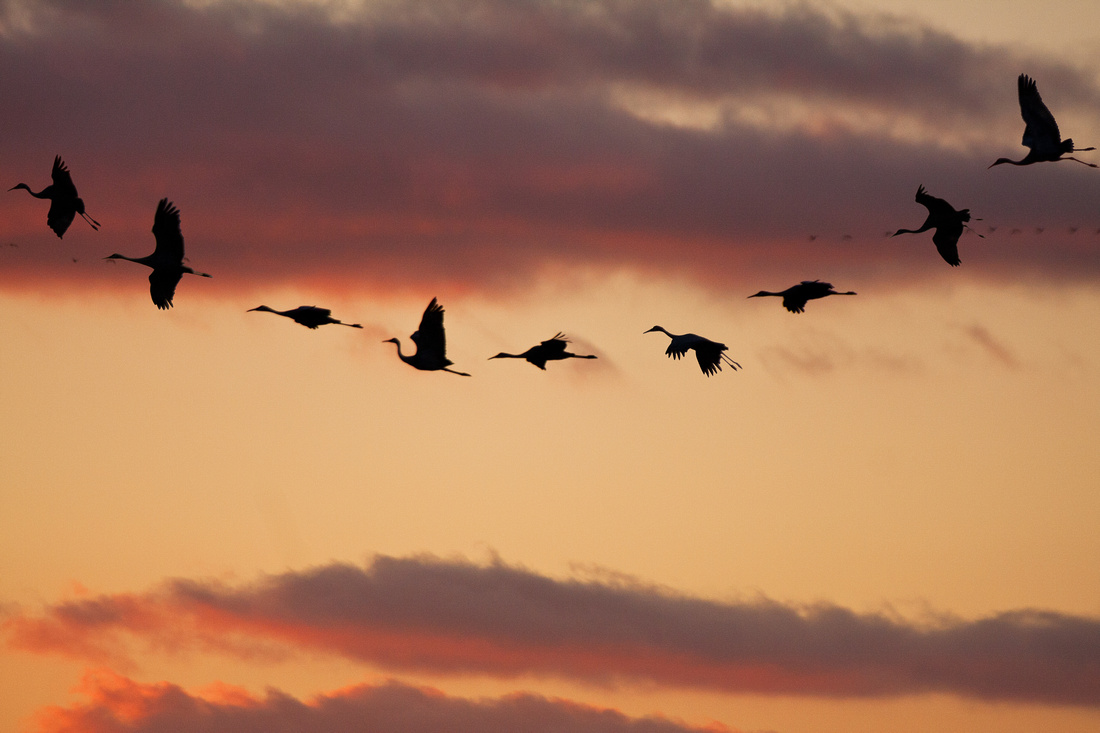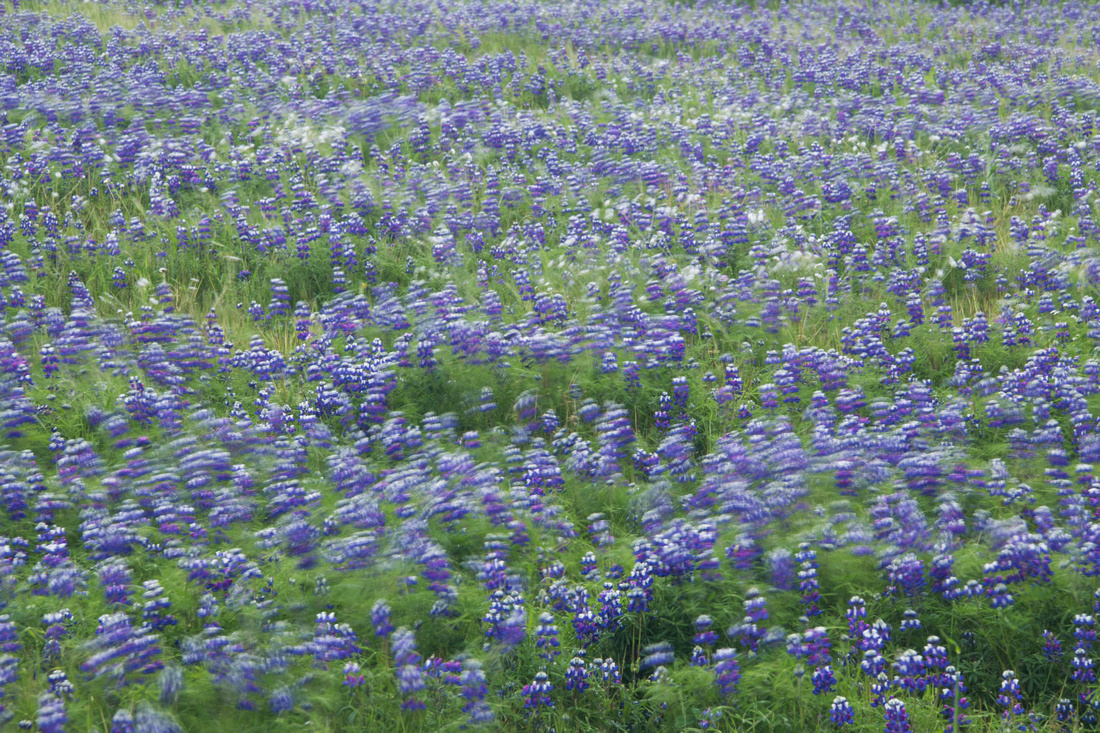Elements
The recent volcanic eruptions of Kilauea in Hawaii got me thinking about the four elements that have been said to be essential for life: Earth, Water, Fire, and Air. In nature photography, these are present in every photo I take. Often times, two or more are present in any one composition. I thought it would be fun to pull out some shots that represent each of these in unique and different ways and provide a little information on each. Just researching the information to share here was very educational and made me appreciate the natural forces that result in the landscapes and nature I enjoy on each photo adventure.
Hover over any photo for additional subject and location information.
Earth
|
The sandstone of Arches National Park began it's formations 65 million years ago, initially buried thousands of feet under ground. Geological forces began to fold the sandstone, then it began to rise. Today, erosion from rain continues to shape this desert environment. Wildlife is often active at dawn and dusk, when the temperatures are more mild. This juvenile Big Horn sheep was out with it's mother just after sunrise. |
|
There are more than 119 caves in Carlsbad Caverns National Park. The major geological force that contributed to the creation of these caves is sulfuric acid. Carlsbad Cavern was one of the last caves to be dissolved in the Guadalupe Mountains-around four to six million years ago. The cave formations are the result of rain or snowmelt soaking through limestone and slowly dripping into the cave. |
|
The sands that make up Mesquite Dunes in Death Valley are tiny grains of quartz and feldspar that likely originated from the surrounding Cottonwood mountains. Rain breaks down larger rocks and pushes it towards the alluvial fans during storms. Once this dries out, a breeze as gentle at 10 mph can move the sand towards the dunes. In this photo, the wind was blowing quite strongly and consistently. A long exposure created a softening effect as the sand moved along the surface. |
|
Tafoni are small cave like features found in granular rock such as sandstone, granite, and limestone. This tafoni, on the California coastline, was likely created through salt weathering and marine life, such as mullosks. |
|
The Racetrack Playa in Death Valley is a dry lake bed that is almost perfectly flat. It is covered with mud cracks that are composed of silt and clay. It was named the Racetrack because the rocks slowly move along the surface when rain water collects to create a shallow lake then freezes. During my visit to the Racetrack in both December 2017 and March 2018, I could no longer find evidence of the "rock trails" that were abundant when I visited in 2008 (as you can see in the photo above). I am sure one good cold and rainy winter will cause these to appear again. |
|
The forces that created the landscape of Joshua Tree National Park began 100 million years ago when molten liquid, heated by the continuous movement of Earth’s crust, oozed upward and cooled while still below the surface. As the ground began to erode, these granitic rocks called monzogranite were exposed. |
|
White Sands National Monument is the world’s largest gypsum dunefield. It's origins began 280 million years ago when the Permian Sea covered this area. Gypsum and other minerals were left behind in layers on the seabed through a series of rises and falls of the sea level.When the gypsum-laden water evaporates under the hot sun, selenite crystals form in the mud. Wind and water break down these crystals and wind pushes them across the desert floor. This process breaks down the particles until they are fine grains of white gypsum sand. |
|
More than 250 million years ago, the geologic features of Zion were formed. Once the area was covered by a low body of water; eventually huge rivers carved their way through the landscape. Later it was left one of the largest deserts on the earth. This desert’s sand dunes became what are now the 2,000 foot cliffs of Zion National Park. This image was taken in the Zion Narrows, one of my all time favorite hikes. |
Water
|
Clouds are formed when moist, warm air rises and expands in the atmosphere. The rising water vapor condenses and forms small water droplets which make up the clouds. When the water vapor cools, the low temperature of air lowers its capacity to hold water vapor. |
|
Dew is water in the form of droplets that appears on thin, exposed objects in the morning or evening due to condensation. As the exposed surface cools by radiating its heat, atmospheric moisture condenses at a rate greater than that at which it can evaporate, resulting in the formation of water droplets. |
|
Waterfalls are formed when water travels over different layers of rock; each with different rates of erosion. Water flowing over hard rock will erode slower than water flowing over soft rock. Over time, the water will cut deeper into the soft rock making the watercourse steeper beyond the hard rock layer. Eventually, the watercourse steepens until it's either nearly vertical or completely vertical, creating a waterfall. |
|
A sheet or stretch of ice forms on the surface of lakes and rivers when the temperature drops below freezing. The nature of the ice formations may be as simple as a floating layer that gradually thickens, or it may be extremely complex, particularly when the water is fast-flowing. |
|
Kokanee are the land-locked form of sockeye salmon. Because they never migrate out to the ocean to feed, kokanee are often much smaller than sockeye. However, other than their size, kokanee have very similar identifying characteristics as sockeye. Most kokanee live in a lake for most of their lives, so you can usually see them spawning near the edge of a lake or in a small tributary that feeds into a lake. |
|
Snow forms when the atmospheric temperature is at or below freezing and there is a minimum amount of moisture in the air. These mounds are the result of snow falling on plants in Yosemite Valley throughout the winter months. |
|
Death Valley is the hottest and driest place in North America, with annual rainfall averaging only 1.92 inches. Most of what little rain that falls in the valley averages just over a third of an inch. On occasion, fierce storms will dump considerable amounts of rainwater into the valley. |
|
In Zion National Park, the sunlight reflecting off of the tall cliffs create beautiful color reflections in the Virgin River. |
Fire
|
This is an image I took of a meteor and the Milky Way at the Ancient Bristlecone Pine Forest in the Sierras. The Milky Way is a spiral shaped galaxy and is estimated to be made up of around 300 billion stars, which are giant spheres of superhot gas made up mostly of hydrogen and helium. Once a star is born, it will continue to burn energy and glow for billions of years. |
|
Sunrise over a burned forest in Lassen National Park. The sun is 4.5 billion years old with a surface temperature of 10,000 degrees Fahrenheit. It is roughly 93 million miles from the Earth. |
|
The word "firework" comes from the Greek word pyrotechnics, which means, very appropriately, "fire art" or "fire skill". An exploding firework is essentially a number of chemical reactions happening simultaneously or in rapid sequence. Fireworks get their color from metal compounds. |
|
Geysers are formed from hydrogeological conditions that exist only in a few places on Earth. Over half of these are in Yellowstone National Park. The surface water works its way down to a depth around 6,600 feet where it contacts hot rocks. The pressurized, boiling water results in hot water and steam spraying out of the geyser's surface vent. |
|
The main causes of volcanic eruptions are the build up of gases and the movement of plate tectonics. This opens up a vent on the surface of the earth through which the magma from the crust of the earth is discharged. When it is first erupted from a volcanic vent, lava temperatures range from 1,292 to 2,192 °F. |
|
This is a photo of a controlled burn taking place in Yosemite National Park. These are wildfires that are set intentionally for forest management. Controlled burning is done during the cooler months (in this case, a rainy October) to reduce fuel buildup and decrease the likelihood of more serious fires. Controlled burning also stimulates the germination of some forest trees, and reveals soil mineral layers which increases seedling vitality, thus renewing the forest. Some cones, such as those of Lodge pole Pine and Sequoia require heat from fire to open cones to disperse seeds. |
|
This is another view of the stars in our galaxy, using time lapse to show the rotation of the earth and the visual effects of those brightly burning stars. |
Air
|
The ability of hot air balloons to float in air is attributed to the fact that warmer air rises in cooler air. Hot air is lighter than cool air, because it has less mass per unit of volume. A cubic foot of air weighs about 28 grams, but if that air is heated by 100 degrees F, it weighs about 7 grams less. Therefore, each cubic foot of air contained in a hot air balloon can lift about 7 grams. To lift 1,000 pounds, you need about 65,000 cubic feet of hot air. This is why hot air balloons are so large. I always thought it was so you could see them from far away. . . |
|
Wind is formed by differences in atmospheric pressure and the Sun's uneven heating of the air that envelopes the Earth. When the air is warmed it rises, and the cooler air near the Earth's surface flows in to take its place. This images shows the effect of wind on the desert plants of Joshua Tree National Park. |
|
Butterflies are cold-blooded, which means that their body temperatures are not regulated on their own. A butterfly's body temperature is instead affected by the temperatures of its surroundings. If it is too cold butterflies must warm up their bodies in order fly, if it is too warm they must cool down their bodies in order to fly. The optimum body temperature for a butterfly to fly is between 82 °-102° F. |
|
The most common form of fog, known as radiation fog, typically occurs as the earth's surface cools moist air immediately above it. If just enough light wind is present the chilled air can be gently stirred through a deeper layer, forming a deeper radiation fog. Valley fog, a type of radiation fog, results from cold, dense air draining down mountain slopes at night, collecting in the valley floors. |
|
Sandhill cranes have large wingspans that are typically 5-7 feet, which makes them very skilled soaring birds. Using thermals to obtain lift, they can stay aloft for many hours, requiring only occasional flapping of their wings and consequently expending little energy. Migratory flocks contain hundreds of birds, and can create clear outlines of the normally invisible rising columns of air (thermals) they ride. |
|
Transpiration is defined as the process through which plants lose water or moisture from tiny holes on their leaves into the atmosphere. This process can either be rapid or slow depending on several factors. One of the factors that affect transpiration is the rate of wind movement around a given plant. When there is a high rate of wind activity, transpiration is relatively higher since the moist or humid air around the plant is quickly replaced by less humid air allowing the plant to release even more water into the atmosphere. |
Comments
Loyal follower,
Truman

